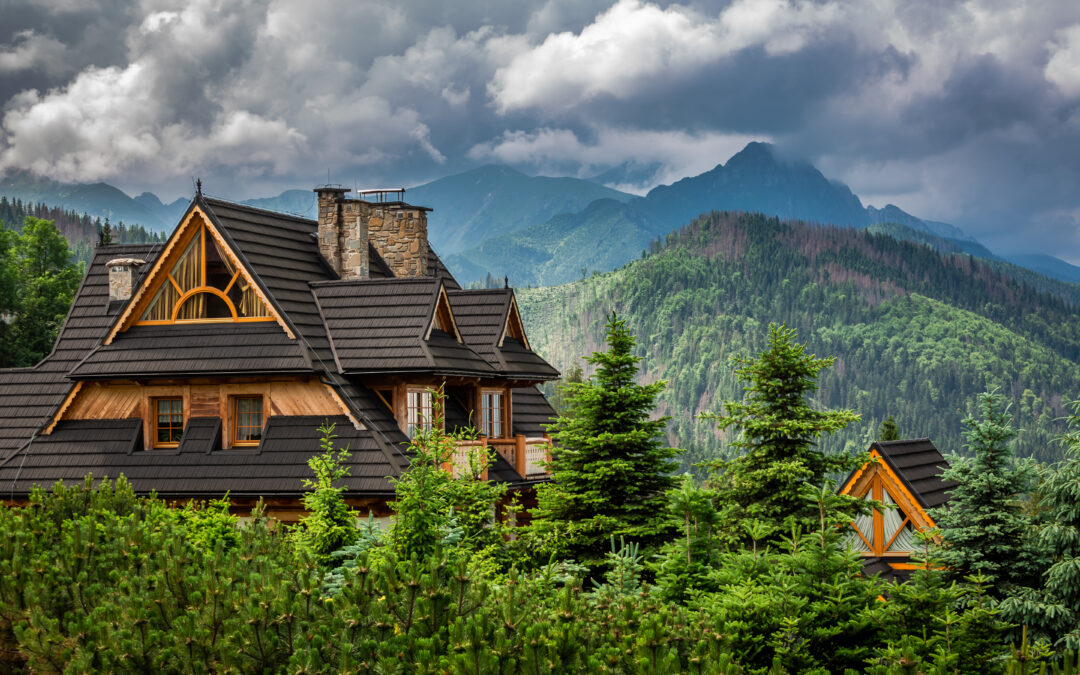Understanding High-Altitude Plumbing Challenges
At elevations ranging from 8,000 to over 10,000 feet, Summit County properties face plumbing challenges that sea-level homes never encounter. The combination of extreme cold, significant pressure differences, and the physical properties of water at high altitudes creates a perfect storm of potential plumbing issues. Water actually boils at a lower temperature here (around 198°F at 9,000 feet), which can affect everything from water heater efficiency to cooking times.
Critical Winter Preparation Steps
The most crucial period for Summit County homeowners is the transition into winter. Here are the essential steps every property owner should take:
1. Proper Pipe Insulation
In our mountain environment, pipe insulation isn’t just a recommendation—it’s a necessity. Focus particularly on pipes in unheated spaces like crawl spaces, attics, and exterior walls. Modern pipe insulation materials, combined with heat tape in particularly vulnerable areas, can provide excellent protection against freezing. However, it’s crucial to have these systems professionally installed and inspected annually, as improperly installed heat tape can actually create fire hazards.
2. Smart Temperature Management
Many Summit County homes serve as vacation properties, making temperature management particularly challenging. We recommend never setting your thermostat below 55°F, even when the property is vacant. For added protection, consider installing a smart thermostat that can alert you to dangerous temperature drops and allow remote monitoring and adjustment.
3. Vacation Home Considerations
If you own a vacation property in Breckenridge, Keystone, or other Summit County locations, consider implementing a regular inspection schedule during the winter months. Having a trusted local plumber check your property between visits can prevent catastrophic freeze damage. Some homeowners also opt to install water sensors that can detect leaks and automatically shut off the water supply, providing an extra layer of protection during unoccupied periods.
Emergency Response Planning
Despite best preparations, plumbing emergencies can still occur. Having an emergency response plan is crucial. This should include:
• Knowing the location of your main water shutoff valve and ensuring it’s accessible
• Having a reliable local plumber’s contact information readily available
• Understanding basic temporary freeze prevention measures
• Maintaining an emergency kit with basic plumbing supplies
Long-term Maintenance Strategies
Successful winter plumbing management in Summit County isn’t just about emergency prevention—it’s about implementing long-term maintenance strategies. Regular professional inspections, particularly before the winter season, can identify potential issues before they become emergencies. This should include checking water pressure (which can be affected by altitude), inspecting water heaters for efficiency at high elevation, and evaluating pipe insulation integrity.
Summit County Presents Unique Challenges
Living in Summit County’s beautiful mountain environment comes with unique responsibilities, particularly when it comes to plumbing maintenance. By understanding these challenges and implementing proper preventative measures, you can protect your property from costly damage and ensure your plumbing system functions reliably throughout our challenging winter season.
Need Professional Assistance?
Our team of high-altitude plumbing experts is here to help protect your Summit County property. Contact us today for a winter preparation inspection or to learn more about our preventative maintenance programs.

